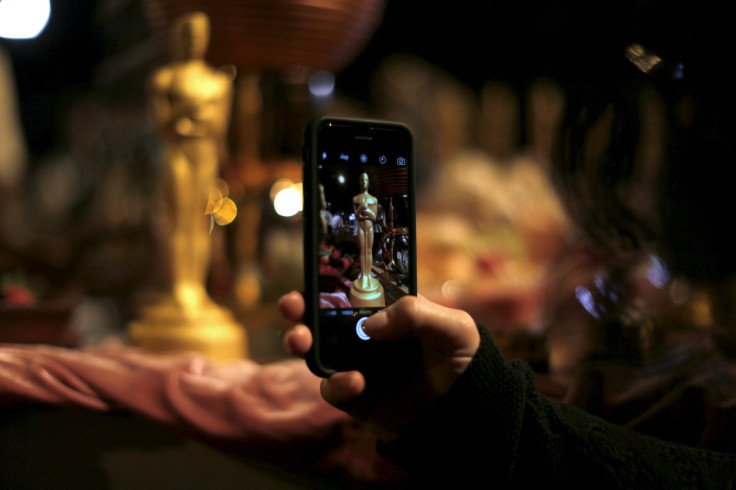Diversity In Hollywood 2016: Industry Is 'Whitewashed,' Underrepresents Minorities, New Study Finds

Hollywood is “whitewashed,” according to a newly released study on race, gender and sexual diversity in the U.S. film and TV industry. Women, people of color and the LGBT community are still fighting an “epidemic of invisibility,” despite clear examples of progress in representation in TV roles, according to the damning report by the University of Southern California’s Annenberg School for Communications.
The study, part of USC’s Media, Diversity and Social Change Initiative, is a wide-ranging look at inclusivity among 10 major media companies, including Disney, 21st Century Fox, CBS, Netflix and Hulu. Researchers gave failing grades to every movie studio and a majority of the TV programmers they investigated for the study, which was released just days before the 88th annual Academy Awards ceremony. The awards event has been steeped in controversy since the all-white slate of acting nominees was announced in January.
"The prequel to ‘Oscars So White’ is Hollywood So White," Stacy L. Smith, a USC professor and one of the study's authors, said in an interview with the Associated Press. "We don't have a diversity problem; we have an inclusion crisis."
The U.S. population of 318 million is half male, half female and nearly 40 percent non-white, according to the U.S. Census Bureau. The Hollywood diversity study shows that many racial groups are absent from big and little screens. For example, about 50 percent of the hundreds of examined content did not cast an Asian or Asian-American character. Twenty percent of the content did not include a black character.
In the 414 studied films and series, researchers found just one-third of more than 11,000 speaking characters were female and roughly 28 percent were from minority groups. Film and series characters who were written as 40 years or older skew heavily male -- 74.3 percent male to 25.7 percent female, according to the study. Just 2 percent of speaking characters were lesbian, gay, bisexual or transgender-identified.
USC’s researchers examined the 109 films released by major studios in 2014 and 305 scripted TV and digital series. The content came from 31 networks and streaming services that aired or were released between September 2014 and August 2015, according to the AP. The study also noted the race and gender of 10,000 directors, writers and show creators, as well as the gender of over 1,500 film and TV executives.
Smith, the study co-author, said TV had scored better for inclusion because the movie studios have been “impervious to change” for much longer. “There is a focus [in TV] that change is possible,” Smith told the AP. “The very companies that are inclusive — Disney, CW, Hulu, Amazon to some degree — those companies, if they're producing and distributing motion pictures, can do this. We now have evidence that they can, and they can thrive."
© Copyright IBTimes 2024. All rights reserved.






















